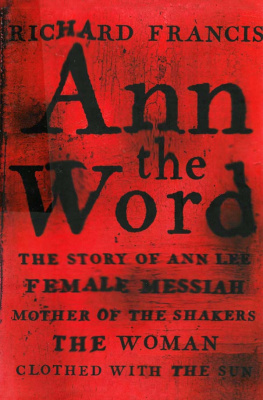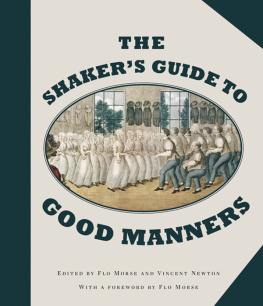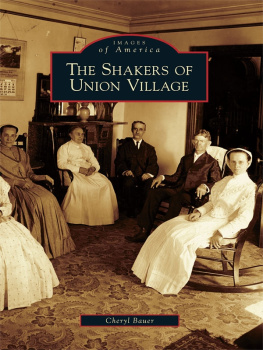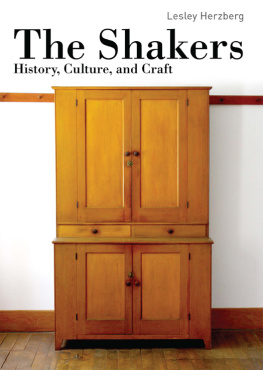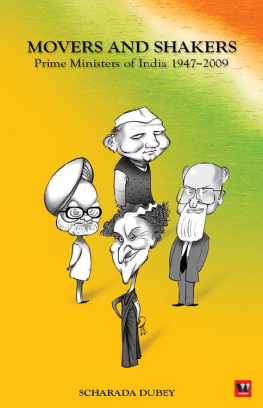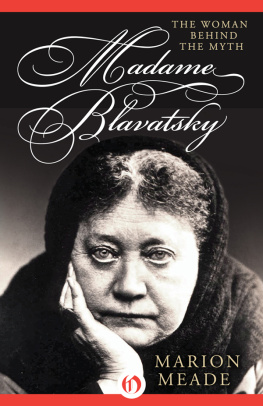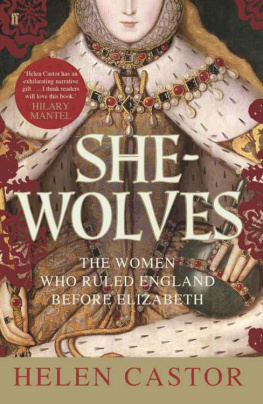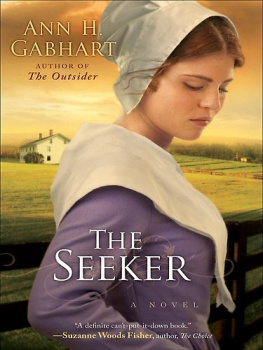
Copyright 2000, 2011 by Richard Francis
All Rights Reserved. No part of this book may be reproduced in any manner without the express written consent of the publisher, except in the case of brief excerpts in critical reviews or articles. All inquiries should be addressed to Arcade Publishing, 307 West 36th Street, 11th Floor, New York, NY 10018.
Arcade Publishing books may be purchased in bulk at special discounts for sales promotion, corporate gifts, fund-raising, or educational purposes. Special editions can also be created to specifications. For details, contact the Special Sales Department, Arcade Publishing, 307 West 36th Street, 11th Floor, New York, NY 10018 or arcade@skyhorsepublishing.com .
Arcade Publishing is a registered trademark of Skyhorse Publishing, Inc., a Delaware corporation.
Visit our website at www.arcadepub.com .
10 9 8 7 6 5 4 3 2 1
Library of Congress Cataloging-in-Publication Data is available on file.
ISBN: 978-1-61145-643-1
ALSO BY RICHARD FRANCIS
Novels
Blackpool Vanishes
Daggerman
The Enormous Dwarf
The Whispering Gallery
Swansong
The Land Where Lost Things Go
Taking Apart the Poco Poco
Fat Hen
Non-Fiction
Transcendental Utopias: Individual
and Community at Brook Farm,
Fruitlands and Waiden
For Jo, William and Helen
To such as addressed her with the customary titles of the world, she would reply, I am ANN, the WORD; signifying that in her dwelt the Word.
Contents
Authors Note
Ive been interested in Shakerism for some time, ever since working on nineteenth-century Utopian experiments in New England. A couple of years ago I realised that no satisfactory free-standing biography of Ann Lee herself had ever been written, despite her astonishing and adventurous life and the scale of her achievement. Though she could write nothing down herself, her salty, humorous, impassioned voice comes to us across the centuries from the records of her followers. These testimonies were made after her death, by American believers who only knew about Anns early days in Manchester second-hand, through anecdotes by herself and the small group of expatriates who came over the Atlantic with her. For this reason there is, perhaps appropriately, a kind of old and new testament to Ann Lees life, with her early experiences taking on a rather stylised, almost allegorical form, while the later, American episodes have a richness of detail and an immediacy that come from eye-witness accounts. Because of this imbalance, and because her final decade in America is by far the most fascinating and significant period of her life, I have devoted two-thirds of this biography to her experience in New York State and New England.
The most important source of material is a book compiled by two Shakers, Rufus Bishop and Seth Youngs Wells, in 1816, and called Testimonies of the Life, Character, Revelations and Doctrines of Mother Ann Lee, and the Elders with Her, or, more romantically, the Secret Book of the Elders. For more information on this and other sources please turn to the Bibliographical Note at the end of the book. I have not attributed any facts or utterances to Ann Lee or her contemporaries that have not been recorded in accounts and reminiscences by those who knew her.
I would like to express my gratitude to the staff of the following institutions for their assistance in my research: the Albany Institute of History and Art, the American Museum, Bath, Bath Spa University College, the British Library, Chethams Library, the Fruitlands Museums, the Lancashire Archive Office, the Library of Congress, the Archive of Manchester Cathedral, the John Rylands University Library of Manchester, the Manchester Public Library, the New York Public Library, the Sabbathday Lake Shaker Library and the Western Reserve Historical Association.
The following people have helped me with advice, hospitality and encouragement: Ann Armitage, Otto Bergman, Roberta Bienvenu, Vera Brice, Roben Chapman, Pat Cummings, Gareth Davies, Jean and Barry Day, Rose Gore, Clio and Anthea Harrison, Helen Johnson, Peter Marshall, Sue Phillpott, Michael Schmidt, Alex Sherwood, Michael Volmar, Ian Walker, John Walker, Dick Yerkes, and special thanks to Christopher Potter and Sarah White at Fourth Estate, to my agent Caroline Dawnay, and to my wife Jo Francis.
PART ONE
ENGLAND

Toad Lane
A nn Lee was born on 29 February (as one might expect Lof a miraculous person) in 1736, second oldest of the eight children of a blacksmith and his wife living in Toad Lane, Manchester, a fairy-tale address if not a fairy-tale place. Toad Lane is still there - its the approach road to Victoria Station, slightly separated from what is now the heart of the city, but linked to it by the new developments that have followed the enormous damage caused by an IRA bomb in 1996. Now, mundanely, its called Todd Street. Back in 1552 it had been Towd Lane; in 1609 it was described as Crooked Lane alias Tode Lane. By 1618 it had become New Street alias Toade Lane. Names seem to slide and mutate in Ann Lees vicinity. Spelling was only just becoming standardised, and in any case Ann herself was illiterate. Her family was actually called Lees, but the s somehow got lost during her travels. She married a man called Abraham Standerin, whose surname is also recorded as Stanley or Standley, but reverted to her maiden name when she rejected earthly marriage.
Manchester in the mid-eighteenth century is not likely to be equated with the city as it is now; but equally it shouldnt be confused with the Manchester of the period of Dickenss Hard Times, with its thundering machinery and factory chimneys belching out smoke. That mid-nineteenth-century industrial city is almost as far away from Anns childhood as we, on the other side, are from it. When Ann was about ten years old two Manchester engravers and booksellers called Casson and Berry published a new edition of their Plan of the Towns of Manchester and Salford. Their map is illustrated by a view of the town from the north-east. In the foreground we see huntsmen, fields, the River Irwell with its boats and fishermen; beyond, buildings rise picturesquely from the rural scene. The two mapmakers had their business in Manchester and it was in their interest to give their locality a good gloss, but the map itself meticulously depicts the little fields and allotments peppered among the Manchester streets. Toad Lane, like most of the other thoroughfares, has courtyards behind the houses and then a patchwork of strips of land behind the courtyards. There were fields to the south of it (the Plan shows south at the top), with Shude Hill circling them beyond, and then the countryside. St Anns Square was the most elegant part of the town; its paved surface, its charming church and its neatly spaced trees are all shown to advantage in an engraving inset on the border of the Plan. Thirteen years previously, however, St Anns Square was known as Acres Field, and as late as the 1780s aged locals could remember how in bad seasons the corn had to be harvested before it was ready because the lord of the manor insisted on his right to set up the annual Acres Fair promptly on 19 September each year.

